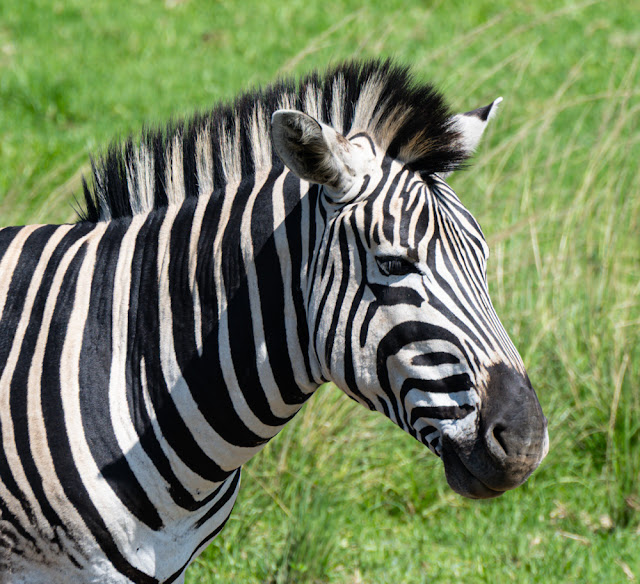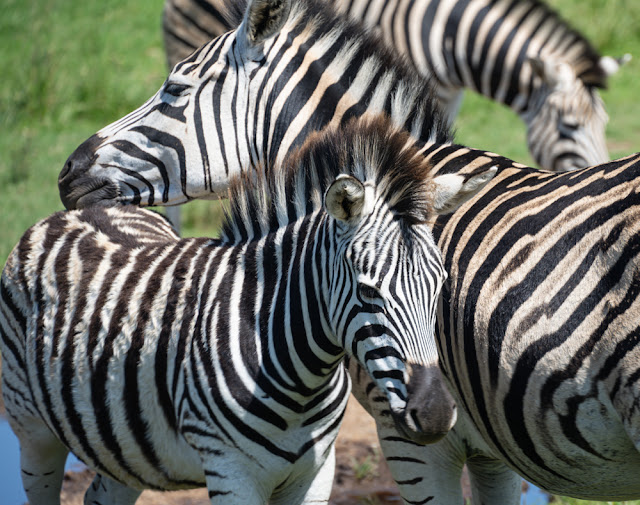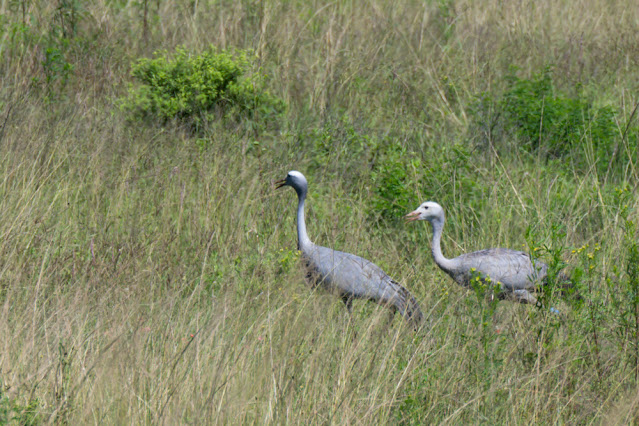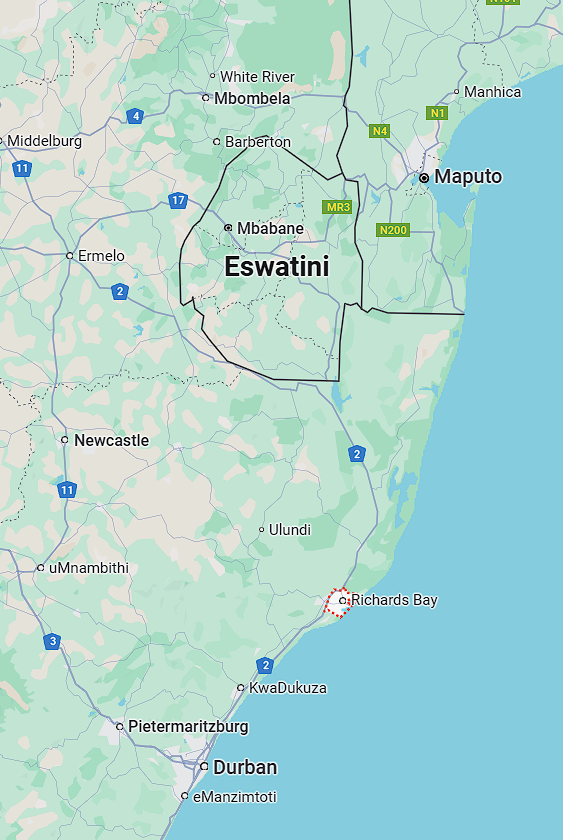Lake St Lucia is home to more than 800 Hippos, 1200 Nile Crocodiles and an abundance of birdlife. This is also the largest Estuarine system in Africa. (stock photo)
Today is our first of 5 ports in South Africa. which has a total coastline of over 1700 miles bordering the Atlantic and Indian Oceans. The population of South Africa was 62 million in 2022 with black compromising 81.4%, colored (their designation of mixed white and black) being 8.2% and white only 7.3%.
The history of South Africa is so extensive, an entire encyclopedia could not contain it. South Africa contains some of the oldest archaeological and human-fossil sites in the world. It has been the site of occupation by various invading tribes in older times and in colonization periods was occupied by the Dutch, and then the British after being first "discovered" by the Portuguese in 1487. The history during the past 100 years has seen turmoil as the country obtained independence from the British and went thru the Apartheid era and now in the post-apartheid period since 1994.
Richards Bay is a relatively "new" city. The town began as a makeshift harbor that was set up by Commodore of the Cape, Sir Markus Eugene Brown, during the Anglo-Zulu War of 1879. In 1902, Cathcart Methven, the harbor engineer for the Natal Government, in his Zululand Port Survey recognized the potential of Richards Bay as a new harbor for the eastern shore.
In 1935 the Richards Bay Game Sanctuary was created to protect the ecology around the lagoon and by 1943 it expanded into Richards Bay Park. The town was laid out on the shores of the lagoon in 1954 and proclaimed a town in 1969.
At one point the Port of Richards Bay was the largest coal export facility in the world. This honor is now the Australian port of Newcastle New South Wales. The city's population is only about 60,000
Our tour today is to the Lake Lucie estuary for a two-hour cruise and hopefully see some hippopotami and perhaps other animals. The map above shows Lake St. Lucia near the coast north of Richards Bay.
The Lake Lucie estuary is estimated to contain 1200 Nile crocodiles, and 800 hippopotami as well as elephant, leopard, black rhino, white rhino, buffalo, giraffe, waterbuck, kudu, and hyena to name a few.
We arrived in port around 10:30 AM, but since this is our first port in South Africa, a face to face is required with emigration. We were some of the first to get our clearance, but our tour meeting time wasn't until 12:30 so we watched the movement of tons of coal from our veranda.

It was a long one hour and thirty minutes to the estuary. Then a 30-minute delay for everyone to use the bathroom facilities. There were only two toilets for the men and two for the women.
After the 4 buses loaded on the two boats, our journey began.
I found it amusing that the boat operator gave the obligatory demonstration of the use of a life vest. Then a few minutes later after our cruise began, he explained about the great number of crocodiles in the estuary. He emphasized that "you might not see them, but they were there. Just jump in the water and you would find them fast." I guess in case of a boat mishap, the life preservers would keep us afloat until the crocs could find us!
Nothing like a good local beer...
while watching for Hippos.
We spotted one single crocodile.
The African Fish Eagle
Bonus bird of the day
The African green bee-eater (not a great photo, but they are so fast!)
The following are a hodge-pog of photos taken from the coach on our trip back to the port.
You don't see many of these signs in Georgia...
The next three photos are just a few of the modern version of the traditional African hut called a Rondavel. Traditionally these were made of mud with grass roofs and used as dwellings. Today, many homes, especially in rural areas use them for storage, and even guest houses among other things.
Typical scenes along the road.
Along the way we saw forest after forest of these slender tall trees. After a little research, I learned these are a type of Eucalyptus tree which is raised as crops primarily as paper pulp. Richards Bay has the second largest pulp mill in South Africa.
This is one of the many forests we saw, some stretched for miles and miles.
The cruise was nice, but I am not sure the 90-minute cruise to see a few hippos was really worth the three-hour, thirty-minute ride there and back. I did enjoy the scenery though.
We were almost 6:00 PM returning so Kay and I went to the Cafe for sushi and sashimi. The tuna sashimi is absolutely the best!
Tomorrow, we arrive in Durban South Africa at 6:00 AM and have Tala Private Game Reserve tour. I am hoping to see more animals tomorrow.










































































